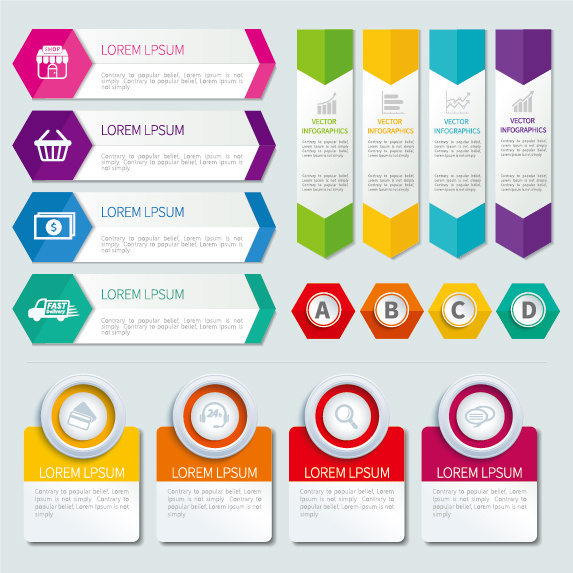Surety Performance Bonds Vs. Conventional Insurance Policy: What You Need To Know
Surety Performance Bonds Vs. Conventional Insurance Policy: What You Need To Know
Blog Article
Staff Writer-Barlow Waugh
Guaranty efficiency bonds and conventional insurance may seem similar, however they in fact offer different objectives. Surety efficiency bonds are a kind of financial guarantee that makes sure the completion of a task or contract. Recognizing contractors surety bond between these 2 options is crucial, as it can substantially affect your service or individual demands.
Surety efficiency bonds offer assurance that a project or contract will certainly be finished as agreed upon. They are usually used in building and construction tasks, where the bond serves as a warranty that the contractor will certainly fulfill their commitments. If the professional fails to complete the task, the guaranty business will step in and make certain that the job is completed or compensate the task owner for any losses.
Typical insurance coverage, on the other hand, provides insurance coverage for prospective losses or damages. It is designed to protect people or services from unforeseen events such as mishaps, burglary, or all-natural catastrophes. With standard insurance policy, the insurance holder pays normal costs to the insurance company, and in return, the business accepts cover the expenses associated with the specified threats.
While both surety performance bonds and traditional insurance supply financial security, they do so in various ways. Guaranty performance bonds focus on assuring the completion of a task, while typical insurance focuses on giving protection for potential losses or problems.
Recognizing the advantages of guaranty efficiency bonds and the benefits of typical insurance can help you make an educated decision. Whether you are a contractor seeking to protect a task or a private seeking protection against unforeseen events, it is very important to think about which alternative best suits your needs. So, allow's dive into the details and check out the distinctions between guaranty performance bonds and typical insurance.
Secret Differences In Between Bonds and Insurance policy
Comprehend the 5 crucial differences between surety efficiency bonds and conventional insurance policy to make a notified choice for your particular demands.
First, the objective of a guaranty bond is to guarantee the efficiency of a service provider, while insurance policy gives financial defense versus losses.
Second, guaranty bonds call for a three-party contract between the principal, the obligee, and the guaranty, while insurance coverage involves just 2 parties, the insured and the insurance provider.
Third, surety bonds focus on avoiding loss by making sure the conclusion of a job, while insurance coverage concentrates on making up for losses that have actually currently taken place.
4th, surety bonds call for the principal to compensate the surety for any insurance claims paid out, while insurance policy doesn't require this.
Finally, surety bonds are underwritten based upon the principal's economic strength and performance history, while insurance coverage is based on threat assessment and actuarial estimations.
Understanding these differences will aid you select the right alternative for your specific situation.
Perks of Guaranty Performance Bonds
Surety performance bonds use several advantages for your details demands. They supply you with the peace of mind that your task will be completed as agreed upon. Right here are some vital benefits of guaranty efficiency bonds:
- ** Financial Safety and security **: With a guaranty bond, you're safeguarded economically in case the professional fails to perform their responsibilities. This makes certain that you won't carry the ball of any type of financial losses.
- ** Quality control **: Surety efficiency bonds ensure that the specialist will supply high-quality job. If there are any type of problems with the project, the bond assures that it will certainly be remedied.
- ** bonds in business **: With a bond in place, the specialist is inspired to finish the project in a timely manner. This aids you avoid hold-ups and guarantees that your job remains on schedule.
- ** Threat Reduction **: Guaranty bonds alleviate the risk of contractor default, providing you self-confidence that your financial investment is protected.
Benefits of Conventional Insurance Policy
When it concerns securing your properties, typical insurance coverage supplies a distinctive benefit over guaranty efficiency bonds.
One of the main advantages of standard insurance is the broader coverage it offers. Standard insurance coverage are designed to safeguard a variety of threats, consisting of residential property damages, responsibility, and injury. This suggests that if an unanticipated occasion occurs, such as a natural calamity or an accident, you can rest assured understanding that you have coverage in position.
One more advantage of traditional insurance policy is the versatility it supplies. With typical insurance coverage, you have the capacity to customize your protection based on your certain needs and take the chance of account. This guarantees that you're only paying for the insurance coverage that's necessary, saving you cash in the future.
Furthermore, typical insurance coverage typically has actually lower costs contrasted to surety efficiency bonds, making it a more economical alternative for several individuals and services.
Conclusion
So, now you recognize the crucial differences between surety efficiency bonds and traditional insurance policy.
While both offer defense, bonds give an included layer of assurance for job completion. They use monetary safety and security and assurance for all parties entailed.
On the other hand, standard insurance covers a wider series of dangers.
Depending upon your certain needs, understanding these distinctions will help you make a notified decision and select the right choice for your situation.
